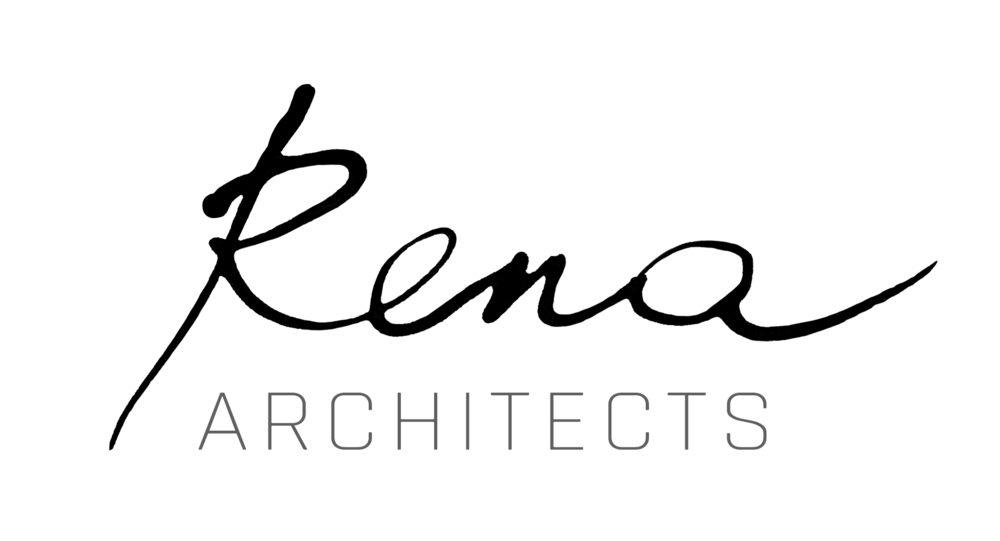“The journey of discovery is not about seeking new horizons but about opening your eyes” Marcel Proust
Time for Drawing
Drawing is a journey of discovery which includes awaking our eyes and our sensory awareness, it helps to tune our bodies and train our hands, it opens us to the wonder of the living world and inspires our creative impulse.
In order to survive in a world flooded with too much information, we have learned to live on automatic pilot. We have learned to deflect most of the information we receive, we have learned to ignore our bodies and our senses, we have learned not to pay attention. We tend to live in our heads filled with our thoughts and busy schedules.
Time for Drawing is about creating space for reconnecting and remembering our creative selves and for awakening our sensory awareness. Drawing with charcoal ink and water in a safe and relaxed atmosphere allows us to rediscover the natural wisdom of the body, drop the thinking mind with its preconceived ideas and reclaim and deepen our drawing skills. We can all draw if we can only take time to open our eyes, relax and actually see, hear and feel…
Why I do it
After years of teaching design to architecture students I became frustrated by the absence of sensory awareness training and consistent lack of basic drawing skills. When in 1999 I was invited to teach drawing and sketching to architectural students I accepted enthusiastically, hoping to make a difference. Having drawn all my life I found teaching to draw easy. I saw there an opportunity to teach sensory awareness. For guidance I turned to Anna Halprin, one of the most influential and radical movement artists of the 20th Century. I have now been a student of Halprin’s movement method for more than 30 years and have used it since the early 80’s to enhance my own drawing and designing skills. Using movement and sensory awareness made sense to me.
I based the drawing class program on an assumption that we are all creative and that initially we can all draw, see and feel but in the process of education, with its focus on cognitive development, our natural drawing and sensing abilities are ignored and neglected.
How do we wake up?
How do we get “in touch” with reality? I believe it boils down to connecting with our senses, coming back “home” to our bodies, paying attention and living in the present moment. As we slow down and start pay attention we discover that drawing is really about learning to see and listen. Learning to draw with such focus on body awareness as described above helps to tune the body which broadens our repertoire of feelings and perceptions, it opens our eyes. As we perceive and see more, our understanding of the world changes. Like musicians who learn to hear more sounds or painters who learn to see more colours, through learning to draw we learn to feel and experience architecture with our bodies. We become fine-tuned like musical instruments.
This awakened sensitivity is fundamental to our observation skills and to our creative impulse.







